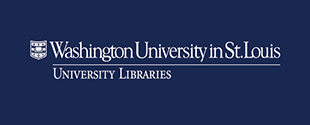This item is accessible only to the Washington University community.
Off-Campus WUSTL Users: Click the “Off-Campus Download” button below. You will be prompted to log in using your WUSTL Key.
Language
English
Date Submitted
Spring 4-21-2013
Research Mentor and Department
Joan Strassmann
Restricted/Unrestricted
Dissertation/Thesis
Abstract
Eukaryotes are dependent on beneficial microbes, but can be killed by harmful ones. How have they evolved responses that protect themselves from harmful bacteria while coddling the beneficial ones? An ideal system for investigating this relationship is the eukaryote social amoeba Dictyostelium discoideum because some clones carry commensal bacteria through the social state to use as future seed corn, while others do not. Most of its life, D. discoideum amoeba consume bacteria and divide by binary fission. Under starvation, amoebae aggregate into a multicellular body which crawls to light, then forms a fruiting body of 20% dead stalk cells and 80% living spore cells. During the crawling stage, some cells pass from front to back of the slug picking up toxins and bacteria, as a combined liver and innate immune system. We hypothesized that the farmer clones might be more vulnerable to harmful bacteria because they had to retain their helpful ones. In support of our hypothesis, we found that farmers have considerably fewer sentinel cells compared to non-farmers, indicating a potential trade-off between transporting bacteria for agricultural purposes and defense against harm from toxins and/or pathogenic bacteria. Future work will identify the mechanistic and genetic basis of this difference, making this an unparalleled system for understanding the evolutionary trade-offs in immune reactions in a complex environment of bacterial friends and foes.

